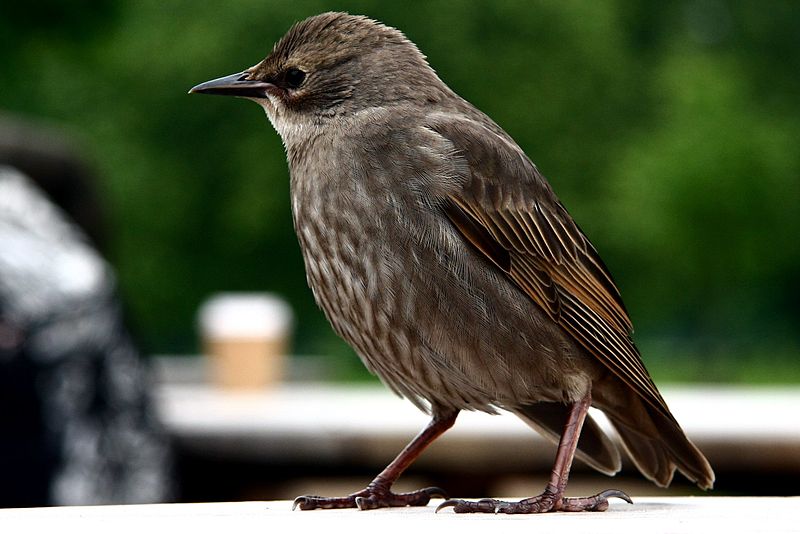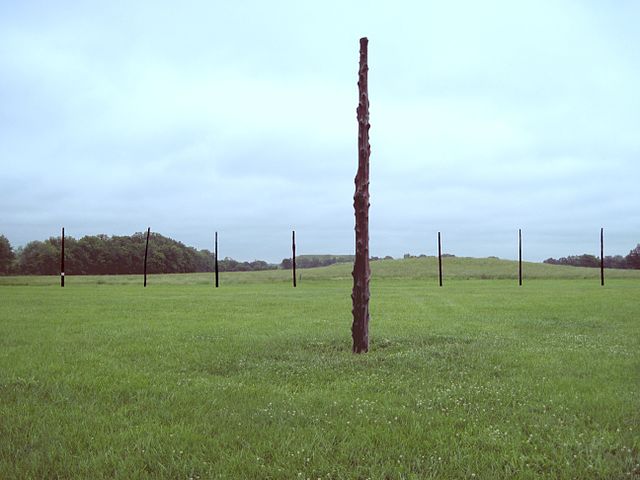English venture capitalists funded the pilgrims. Pilgrims had to provide material (fur, fish, forests) for seven years to return that investment. Then, capitalists gave the pilgrims a deed to the land. A deed that the Crown provided, but had no jurisdiction over.
Pilgrims had to survive and thrive to pay back the investment. They ended up incurring and capturing native land and so shrank natives’ place in the world.
For more, watch this PBS Newshour feature: Were pilgrims America’s first economic migrants?

